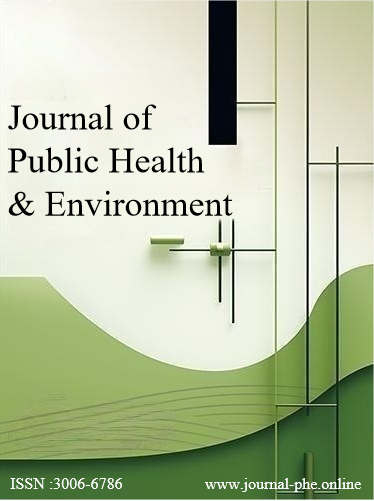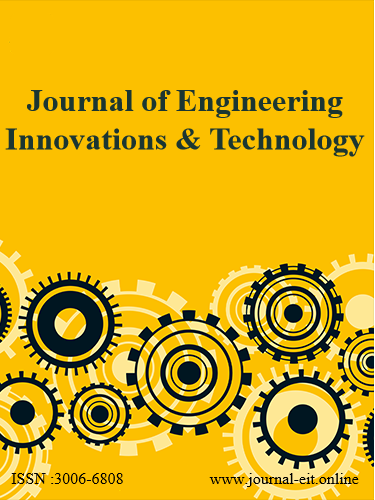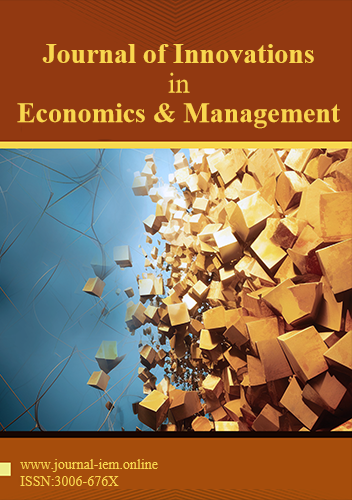 An open access journal
An open access journal
Sustainable Pest Management in Agriculture
Abstract
Sustainable pest management is essential for safeguarding crop yields and minimizing environmental impacts in agriculture. This paper examines integrated pest management (IPM) strategies that combine biological, cultural, physical, and chemical control methods to effectively manage pest populations while reducing reliance on synthetic pesticides. It explores the principles and practices of sustainable pest management, including crop rotation, habitat manipulation, biocontrol agents, and resistant crop varieties. The paper also discusses the challenges associated with pest resistance, regulatory issues, and farmer adoption of IPM practices. By promoting ecologically sound pest management approaches, agriculture can enhance crop health, biodiversity, and long-term sustainability.
Share and Cite
Article Metrics
References
- Barbosa, P., Krischik, V., & Jones, C. G. (Eds.). (1991). Microbial mediation of plant-herbivore interactions. John Wiley & Sons.
- Altieri, M. A., & Nicholls, C. I. (2003). Biodiversity and pest management in agroecosystems. CRC Press.
- van Lenteren, J. C. (2000). Success in biological control of arthropods by augmentation of natural enemies. In Insect pest management and ecological research (pp. 77-103). Springer, Dordrecht.
- Gurr, G. M., Wratten, S. D., & Altieri, M. A. (Eds.). (2004). Ecological engineering for pest management: advances in habitat manipulation for arthropods. Csiro Publishing.
- Koul, O., & Dhaliwal, G. S. (Eds.). (2007). Insecticides in agriculture and environment: retrospects and prospects. Springer Science & Business Media.





